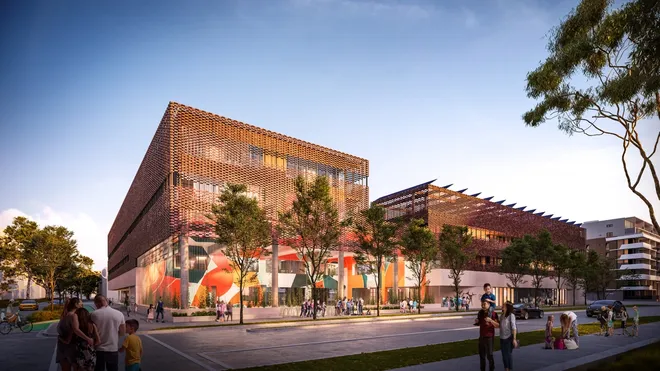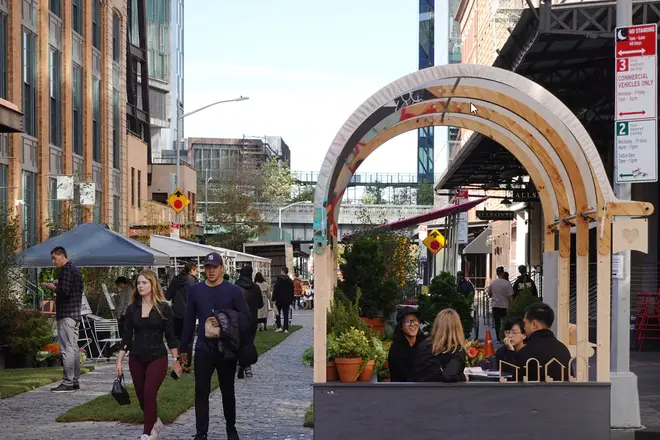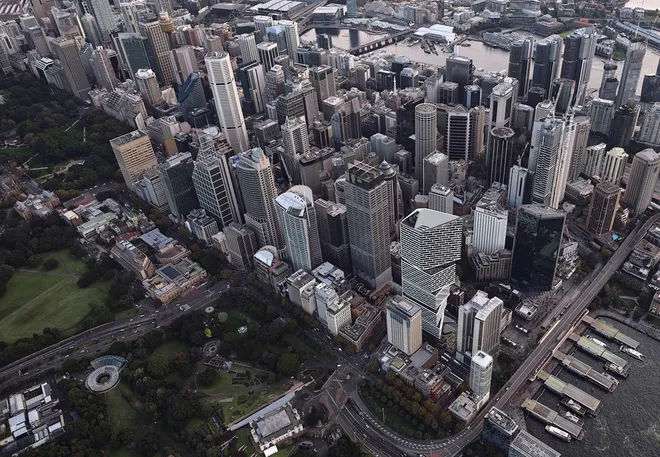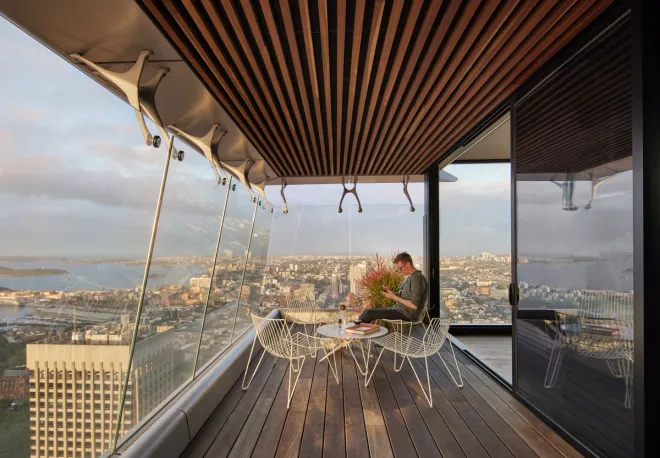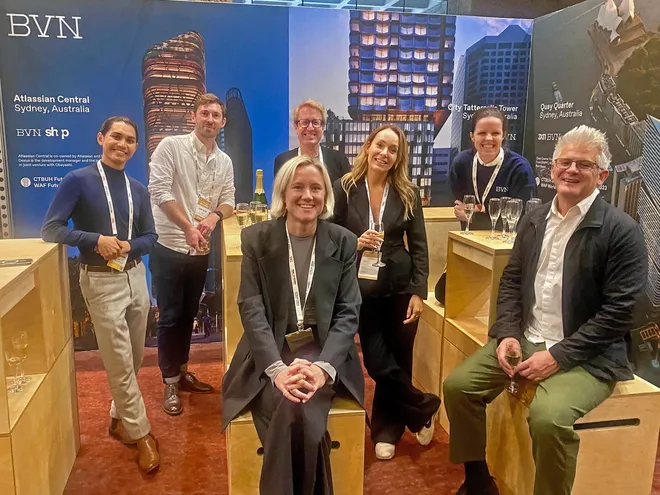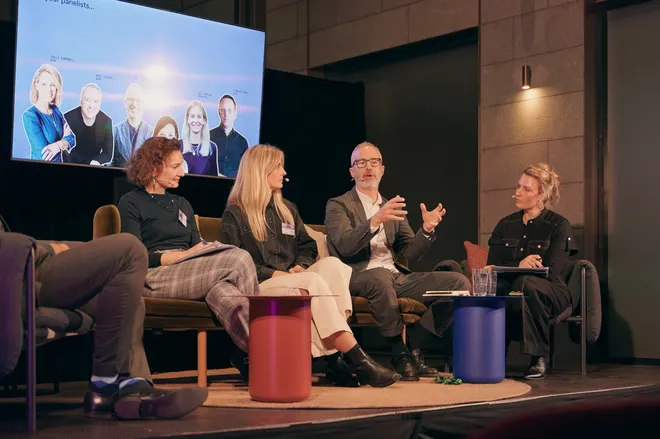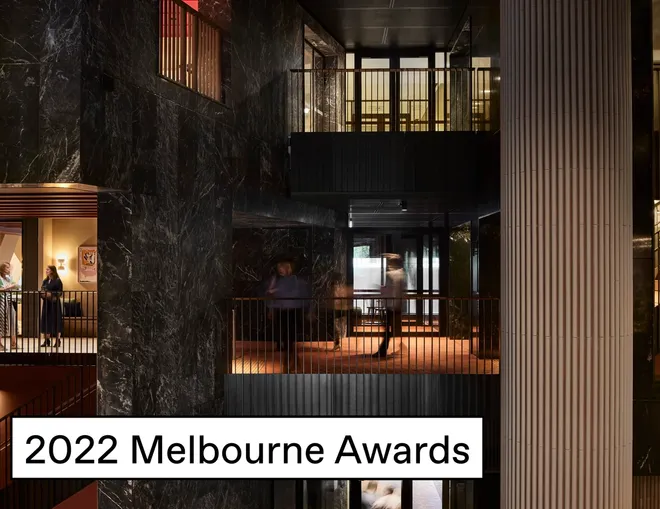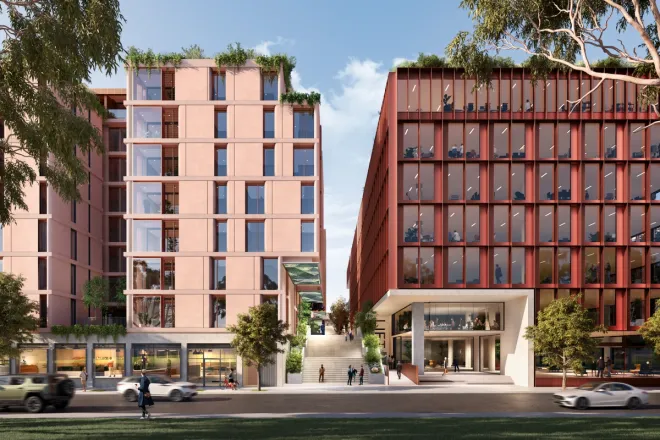BVN Stories, News, Opinion — January 29, 2025
Resilient Cities: Reflections from London and Sydney
As we move into 2025, the world remains in a state of flux, offering both challenges and opportunities for cities worldwide. In our London studio, we are exploring how cities are changing, and why 2025 is poised to be a year of growth and evolution.
As a practice with studios in four cities – Sydney, Brisbane, London and New York – we pride ourselves on the cross-pollination of ideas across locations. We're intensely aware of the challenges, transformations, and success stories unfolding around the world, and we continuously learn through our projects, regardless of sector, project typology, or geography.

Opportunity in a world of change
The past decade has seen cities worldwide grapple with common challenges. Urbanisation, climate change, hybrid work, digitisation and AI are rapidly reshaping our lives and the built environment.
For London and Sydney, these challenges have sparked distinct responses, each with valuable lessons:
- Urban renewal vs. incremental growth
Sydney's large-scale redevelopment projects showcase the power of bold action, while London's steady enhancements highlight the importance of long-term planning. - Sustainability as a driving force
Both cities have prioritised sustainability, with energy-efficient buildings and green infrastructure becoming the norm. This trend underscores a broader global commitment to creating liveable, resilient cities. However, all must continue to challenge benchmarks. - Adaptability in real estate
Hybrid work is one factor that has changed the rhythm of working populations and communities, shifting urban patterns. The result is an increased need for mixed-use precincts and flexible commercial tenancies.

In October 2024, our London team, led by Principal Matthew Blair
This followed our October 2023 roundtable on building resilient ecosystems of place through authentic mixed-use development. We are grateful to our partners and collaborators for their invaluable input in these discussions, which continue to challenge us and shape our next steps forward.
While the theme for this year's conversation remains an open question (and invitation!), we are pausing to reflect on the insights we've gained, the contributions we've made and the lessons we've learned so far.

London is obviously a city steeped in tradition, and has long been thought of as resistant to change, whilst constantly changing! Another subtle but significant shift seems to be underway. There’s a real determination to make things better—to make it easier to retrofit, to create a regenerative future using a genuine collaborative approach emerging between investors, developers, the end users and architects.
Matthew Blair – Principal
Learning from Sydney’s bold decade
Over the past decade, Sydney has redefined its urban and commercial landscape. From 2014 to 2024, the city added substantial amounts of office space in its CBD alone.
Recent data reveals that in the second half of 2024, over 187,000 square meters of new office space were completed (CBRE, 2024). Meanwhile, the industrial sector flourished with an additional 264,518 square meters of logistics and warehousing space completed in early 2024, as 14 industrial projects reached completion (JLL, 2024). This growth is set against the backdrop of over one million square meters of industrial space under construction, with 43.3% already pre-committed to tenants (Real Estate Asia, 2024). These developments reflect Sydney's ambition to meet the demands of a growing, globally connected economy.

The City of Sydney’s design excellence competition policy encouraged local architects to collaborate with internationals around the start of the 2010s, ensuring a diversity of perspectives and experiences in reshaping its skyline. This approach of welcoming the world has increased healthy competition to drive Sydney’s growth as a world global city.
Catherine Skinner – Principal
Major urban renewal projects such as Barangaroo, Green Square
This rapid transformation signals Sydney’s determination to emerge as a modern global city. Yet, despite the scale of these changes, Sydney has maintained a strong focus on integrating new developments into its existing urban fabric. This balance of ambition and thoughtful planning offers valuable lessons for other cities navigating growth and change.
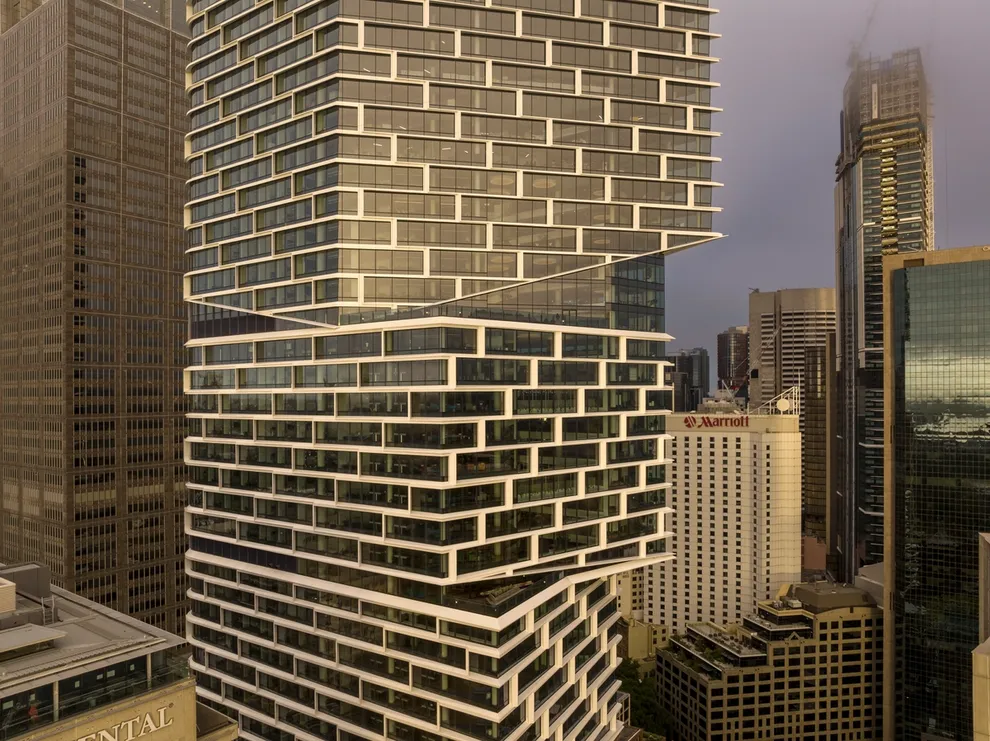
The tower design is comprised of five twisting volumes, each stacked slightly askew, breaking down the scale of the building into five more human scale “vertical villages” enhancing views over the Opera House and Sydney Harbour. Design by 3XN and Executive architect BVN.
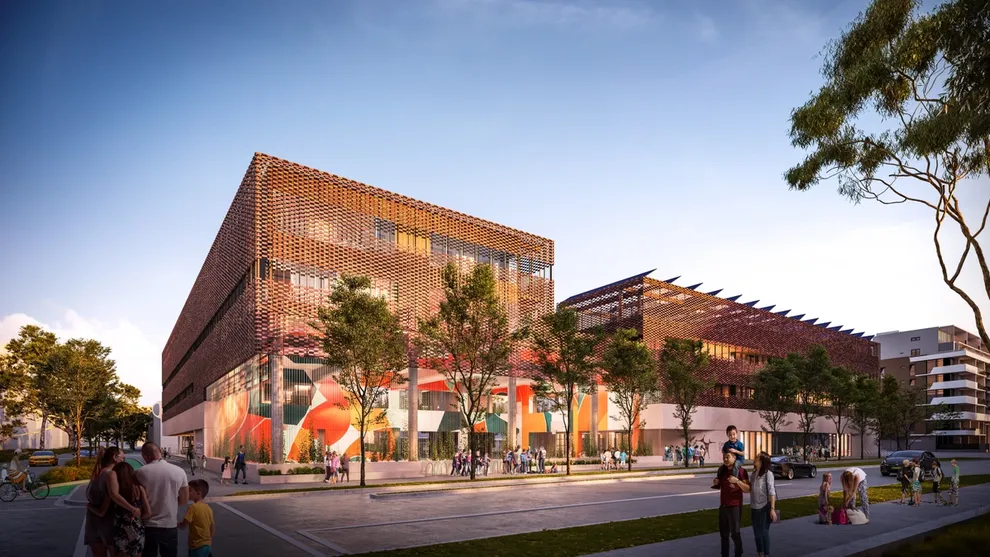
While London may lack a City Architect or even a National Architect as found in some other cities, such as the role of the NSW Government Architect in Sydney, there are frameworks that exist like the ‘London Plan’. Initiatives like the position of a Government Architect often support the reimagining or reinvention of cities, championing design and the delivery of high-quality outcomes. Sydney has used this to drive its reinvention over the past 20 years.
Phillip Rossington – Principal

London: evolution with stability
London has arguably taken a steadier approach to development, though still adding millions of square meters of office space in the past decade, with landmark projects such as 22 Bishopsgate and the revitalisation of Battersea Power Station leading the way and plenty of other recent examples as well as those coming to market this year. Recent data indicates that prime office towers in London are experiencing a significant increase in occupancy rates, with vacancy rates as low as 0.3% in the West End and 0.5% in the City of London, reflecting a strong demand for high-quality office spaces (New York Post, 2024).
However, much of London's urban renewal focus has been on incremental improvements and preservation of its historic urban character. London’s position as a global financial hub has driven demand for premium office spaces, but its real strength should lie in enhancing existing assets. Projects like Crossrail (Elizabeth Line) and the push for sustainability initiatives demonstrate London’s commitment to refining its infrastructure while maintaining its cultural and architectural heritage.
Compared to Sydney’s rapid transformation, London’s strategy reflects a mature market prioritising stability. This approach ensures the city continues to thrive while adapting to current demands, such as sustainability and increased urban density.


All our projects are approached from first principles and consideration of the many layers of context. From the very particular, localised response to understanding how a project is positioned globally, as designers we choose which levers to pull. Great cities like London already leverage their heritage with innovation: it’s this interplay between local character and global inspiration that is shaping the cities of tomorrow.
Peter Titmuss – Principal
For BVN’s London studio, 2025 is a year to embrace opportunities. Drawing on the lessons of the past decade, alongside nearly 90 years of further experience across the practice, we are poised to continue creating places that respond to an ever-evolving world.
London’s timeless appeal as a global city, combined with the transformative projects in Sydney, fuels our creative ambition. But our thinking extends beyond these capitals. Initiatives like Re-ply, our product design venture launched in response to New York’s outdoor dining evolution

This moment calls for looking outward, learning from the successes of cities like Sydney, the forward-thinking trajectory of Brisbane ahead of the 2032 Olympics, and the resilience of London. But it also urges us to look inward, challenging ourselves to push boundaries, embrace regenerative design, and create spaces that improve the lives of those who use them.
Authored by London studio Strategy Director Esme Banks Marr.





